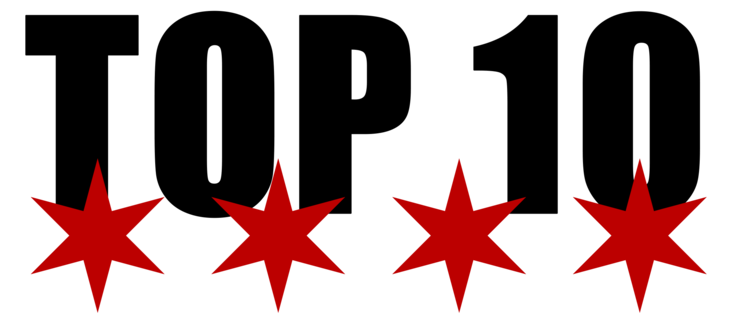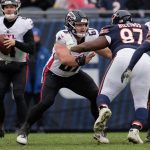The Chicago Bears don’t know how good they actually had it with Robbie Gould. In fact, fans to this day may not have had a complete idea of what the former Pro Bowl kicker had to deal with over his several seasons with the team. People think it’s just a simple matter of kicking the ball through the uprights. If there’s a little wind, make an adjustment. Easy peezy. They have no idea how scientific kicking at Soldier Field is.
Or at least how scientific it became.
Everybody knows kicking in Chicago is tough. Why? There are a few reasons from the changing temperatures to the iffy grass field. However, the overwhelming factor has always been the wind. Being right on the front of Lake Michigan made it inevitable that the stadium would be regularly pelted with strong gusts. Some games, like one in 2005 against San Francisco for example, could get up to 25-30 mph. An NFL football weighs 15 ounces. That’s not a lot to move around.
Yet what makes things even worse according to some former Bears is the stadium itself. Believe it or not, Soldier Field wasn’t always this challenging to kick in. Sure, it was never easy but there was a time the wind could at least be trusted to do one thing or another. That all changed in 2003.
Subscribe to the BFR Youtube channel and ride shotgun with Dave and Ficky as they break down Bears football like nobody else.
Soldier Field renovation made the kicking crisis inevitable
Kevin Fishbain of The Athletic spoke to several people who have experienced what it’s like to kick or punt at Soldier Field. Needless to say, none of them enjoyed it. However, things really grew interesting when former punter Brad Maynard and former kicker Paul Edinger revealed their belief that the renovations the team made to the iconic stadium in 2003 actually exacerbated their eventual kicking woes.
“If it was coming in a certain direction, it was hitting off the other side and swirling around,” he said. “A lot of other stadiums do this, but it was just enhanced with the shape and the design of the stadium.”
With the new Soldier Field being built higher, that meant when wind came in, it would create “somewhat of a tunnel effect on the northwest and southwest sides of the stadium,” Edinger said, as opposed to the old stadium, where the wind was consistent.
Former Packers and Vikings kicker Ryan Longwell spent years going against the Bears in the 1990s and 2000s. So he experienced first hand how different (and more difficult) things became after the stadium was rebuilt.
“The new stadium with the open video boards, top and bottom at the ends, and then you have the higher sides, it’ll come in and catch the other side and swirl and kinda do a figure-eight thing.”
Just how destructive were the changes? In 2003, Edinger hit on 26-of-36 (72.2%) kicks while working home games down in Champaign, Illinois. When Soldier Field reopened the next year, he managed just 15-of-24 (62.5%) and was cut. Doug Brien, a former Super Bowl champion, had a solid 82.8% accuracy rate on field goals in 2004 with the Jets. He went 1-of-4 to start 2005 before suffering an injury that ended his season.
Then, mercifully, Gould arrived.
Time has proven that the Bears were quite fortunate to find him when they did. His experience in the unpredictable weathers of the northeast at Penn State undoubtedly helped. He’s been one of the most accurate kickers in the NFL over the past decade-plus. The fact he’s only missed twice since leaving Chicago should reinforce that reality. Meanwhile, Conor Barth and Cody Parkey saw their career literally destroyed by that stadium. Neither, to date, has worked in the league since leaving Chicago.
Fans should keep something like this in the back of their minds moving forward. This is what Eddy Pineiro will have to deal with at least eight times this year.












